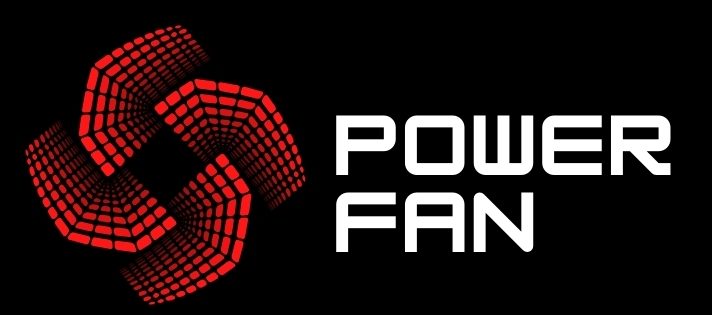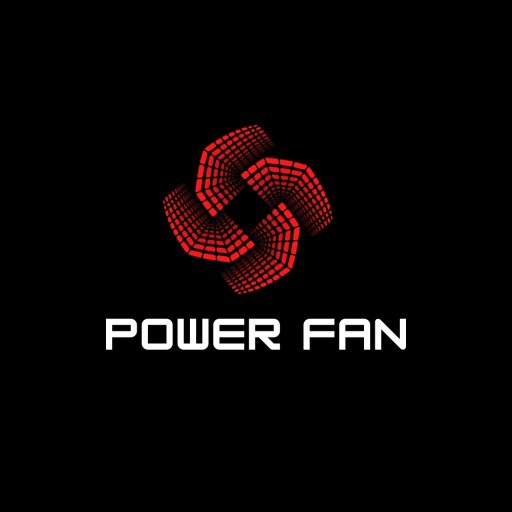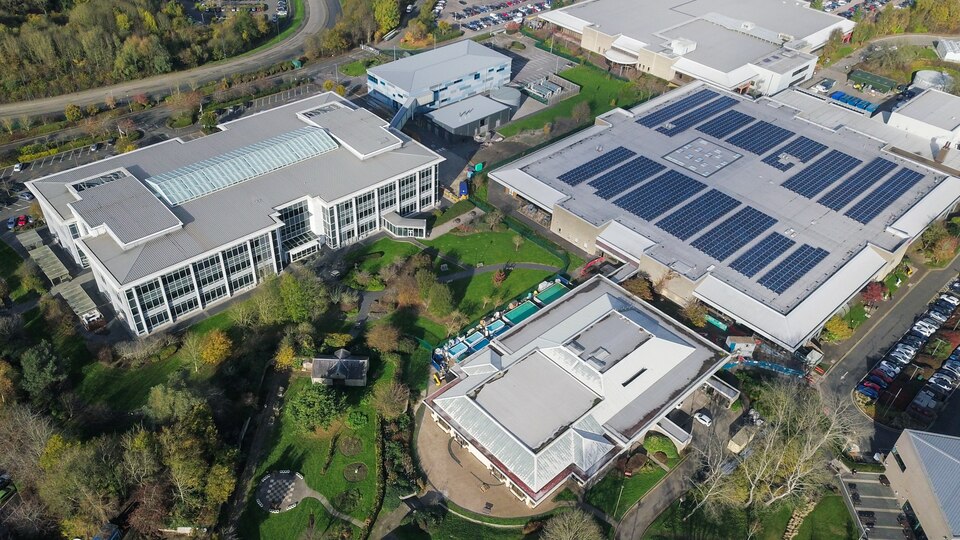Introduction
Technologies are being seen to revolutionize electricity generation due to the advent of modern sustainable energy solutions. Heat powered electricity-generators actually are machines harnessing thermal energy for effective conversion to useful electrical energy, thus providing greener and efficient alternatives to conventional energy sources. Therefore, the blog discusses the new technology of heat powered generators, its various types, and how applicable transforming it can be to homes or businesses.
Heat-Powered Generator
What does it mean to be a heat engine generator? Such an engine will take the thermal energy from an abundant heat source and convert it into power using very complex thermodynamic processes in its design. In other words, this technology works under conditions with lots of thermal energy available to be guzzled, but not yet captured, such as in industrial sites; geothermal zones; or even in home heating systems.
How Does it Work:
- Heat Collection: Collection of Heat from an Outside Source Using a Forced-Air Furnace, geothermal energy systems, or even from industrial waste.
- Energy Conversion: Convert into Electricity using Thermoelectric Module or other similar technology.
- Electricity: Electricity available either for direct usage or stored in batteries for further use.
Application Uses:
- Powering small appliances in homes.
- Provide backup energy in case of outages; and.
- Reduce energy waste in the industrial process.
Electric Generator Heat Pump
A heat pump is not just a heating and cooling appliance; it is part of a highly advanced cooling and heating system with a combination of electricity generation. Heat pump electric generators take from both natural and artificial heat sources to produce electricity effectively.
Advantages of Heat Pump Electric Generators
- Dual Usability- the appliance is able to heat and generate electric energy.
- Efficiency- It is capable of utilizing three times what it takes in.
- Renewable Integration: Pair Extremely Well with Solar and Geothermal Systems.
This is most useful in countries where cold weather is prevalent and heating has to be done with electricity very much intact.
Combined Heat and Power Examples
Sources of technologies for Combined Heat and Power (CHP) systems as well as cogeneration technologies simultaneously generate energy and thermal power from one fuel source. It leads to a very efficient energy use through reclaimed waste heat.
Examples of CHP Applications:
1.Residential Buildings: Micro-CHP units are heating and providing electricity to individual homes in will.
2.Industrial Plants: Large systems that power machinery and heat factories.
3.Commercial Facility: Hospitals, colleges, universities, hotels are those who have got CHP systems to take care of their power and heating requirements simultaneously.
4.District Heating: It consists of areas where CHP plants provide heat and electrical power to a number of buildings individually.
The Combined Heat and Power Systems (CHP) have been an answer to time and energy-saving users in any form. It helps one save on costs of electricity and uses possible traps. It contributes to getting rid of greenhouse gas emissions at the shore.
Power from Heat
Generating power from heat is not an entirely novel concept. It has been around for quite some years now. But with the fast-growing technology, it has become more convenient and efficient. Thermal-to-electric conversion techniques include thermoelectric generation, steam turbines, and Stirling engines.
Here are the sources for heating in power generation:
- Industrial Waste Heat: Heat in production is recycled as waste.
- Geothermal Energy: It is the heat resource from underneath the surface of the Earth.
- Solar Thermal Systems: Concentrated solar power is a way to generate heat as well as electricity.
- Furnaces and Boilers: These apply heat from typical heating apparatus such as forced-air furnaces to already use it to create power.
These processes represent an efficient sustainable way of serving the increasing energy needs of society while minimizing the dependence on fossil fuels.
Conclusion
Heat-powered electricity generators from material resources mostly constitute an important aspect of the sustainable energy future. Transforming atmospheric heat into a national resource, these systems increase energy efficiency while also reducing the waste of precious resources. Their applications range, from small-scale household devices to huge installations for industrial power needs. The future is in heat-powered power generators.
So, whether you are looking for that micro-CHP in your home or thinking of heat pump electric generators for your business, these new applications will pave the way for cleaner, greener energy. Turn on your heat today, and be part of the revolution in energy shaping a sustainable tomorrow.




